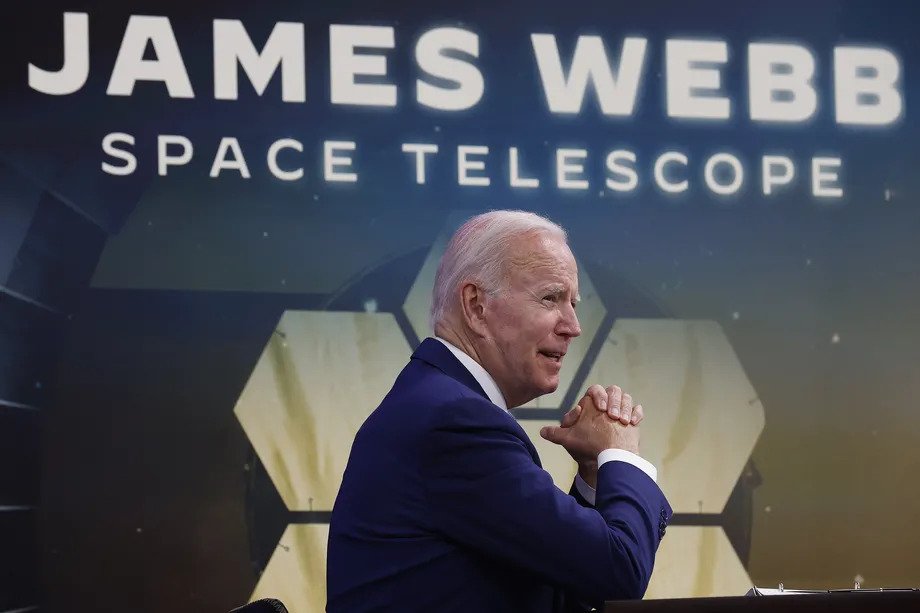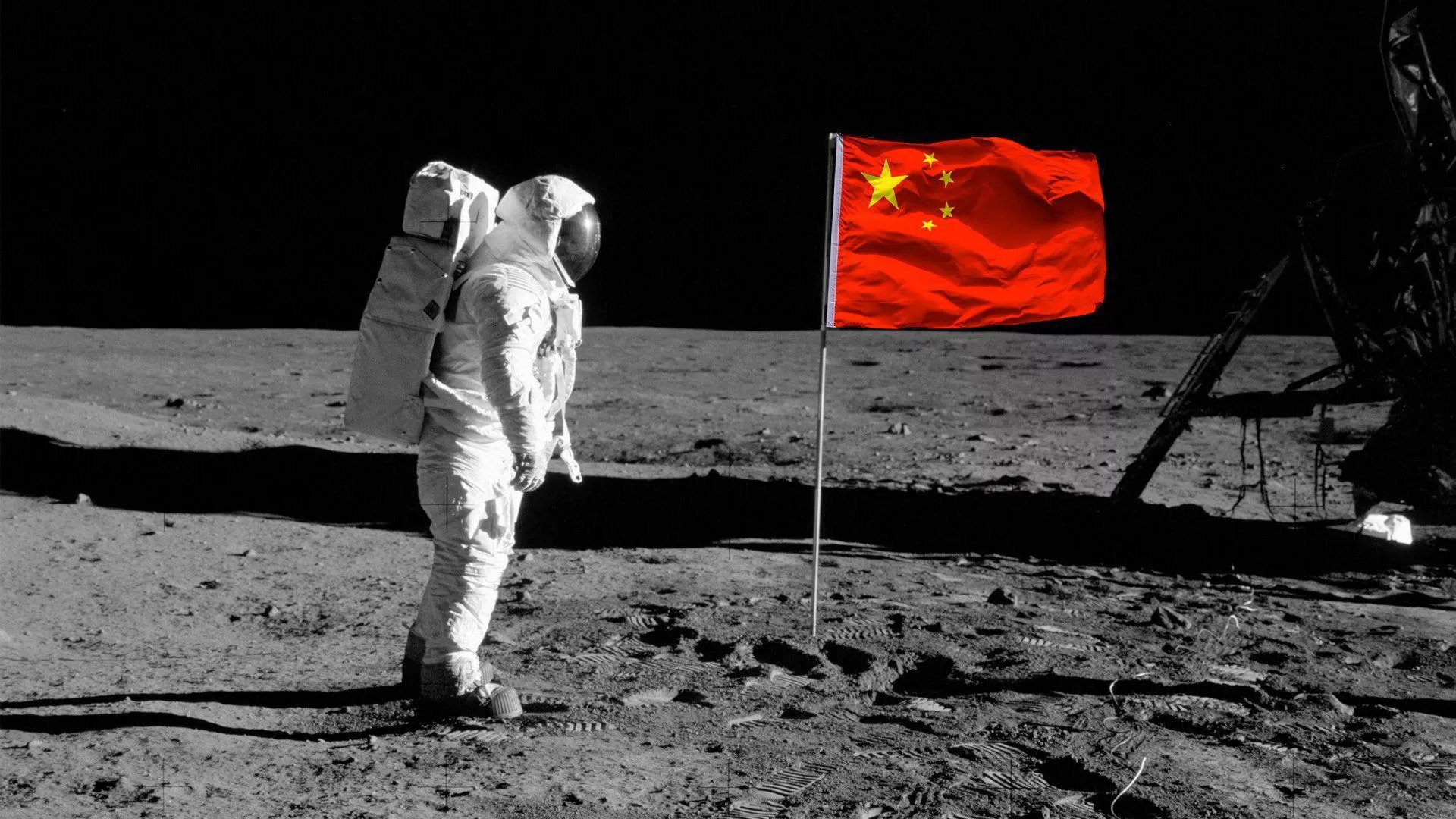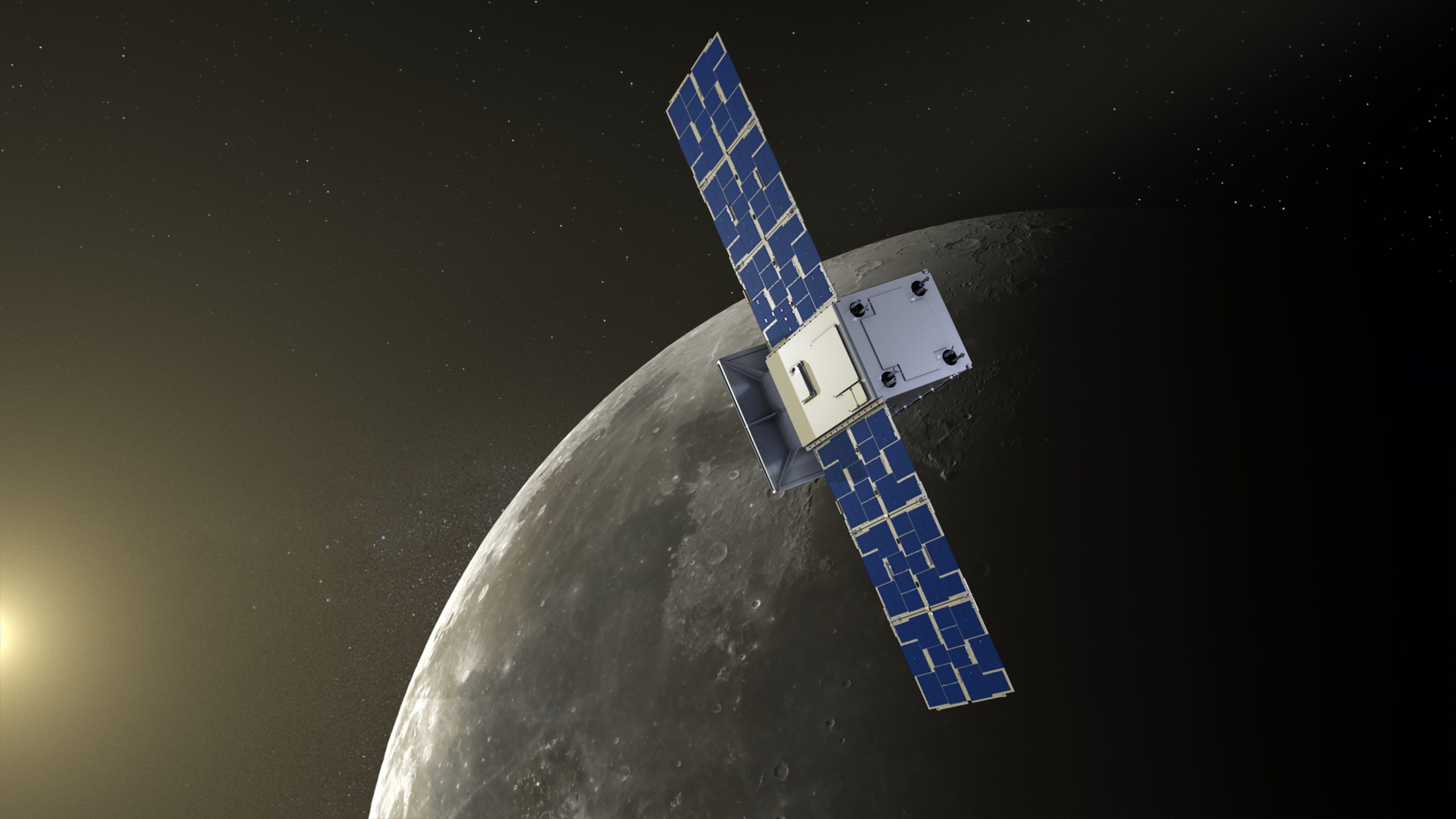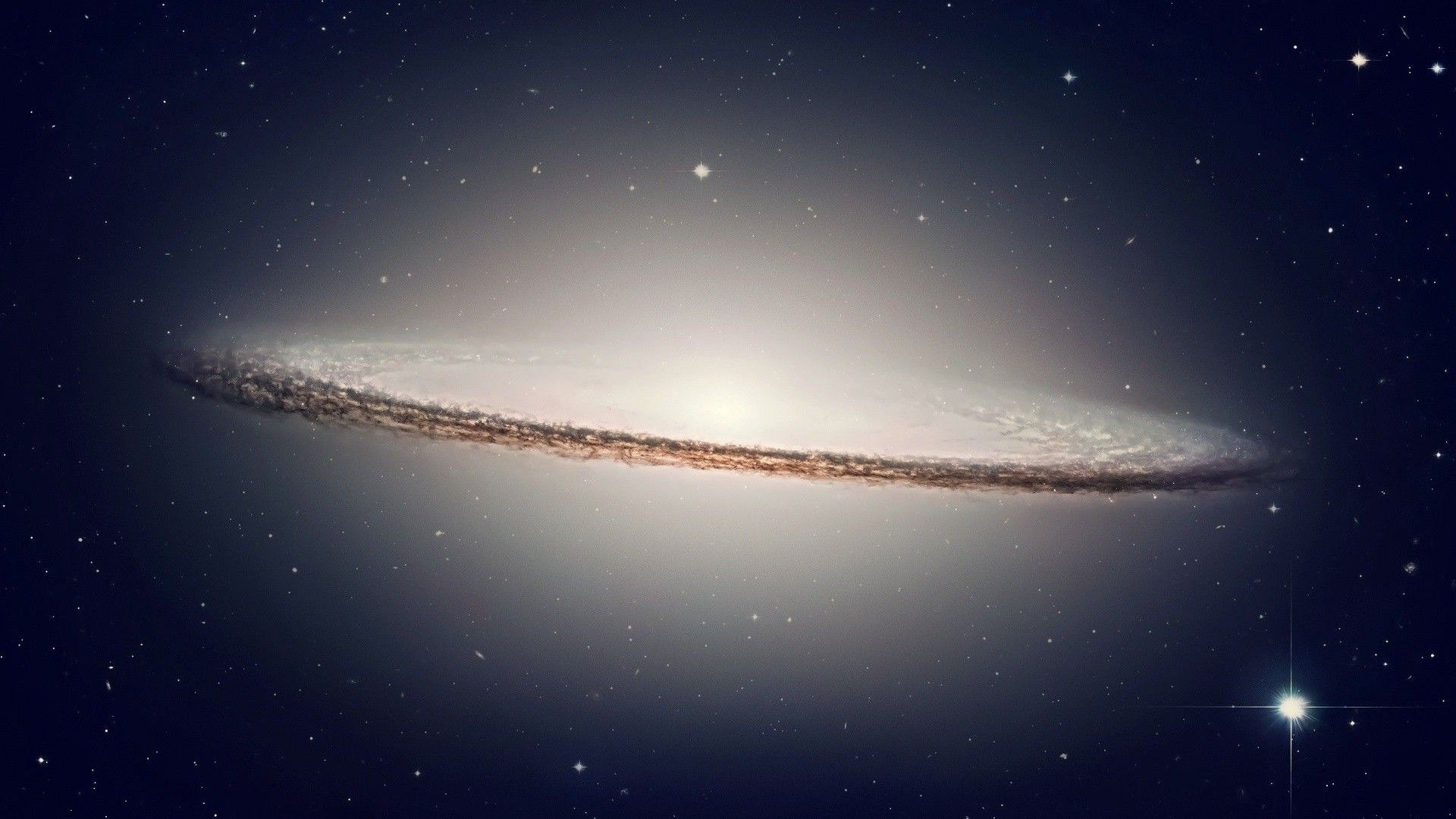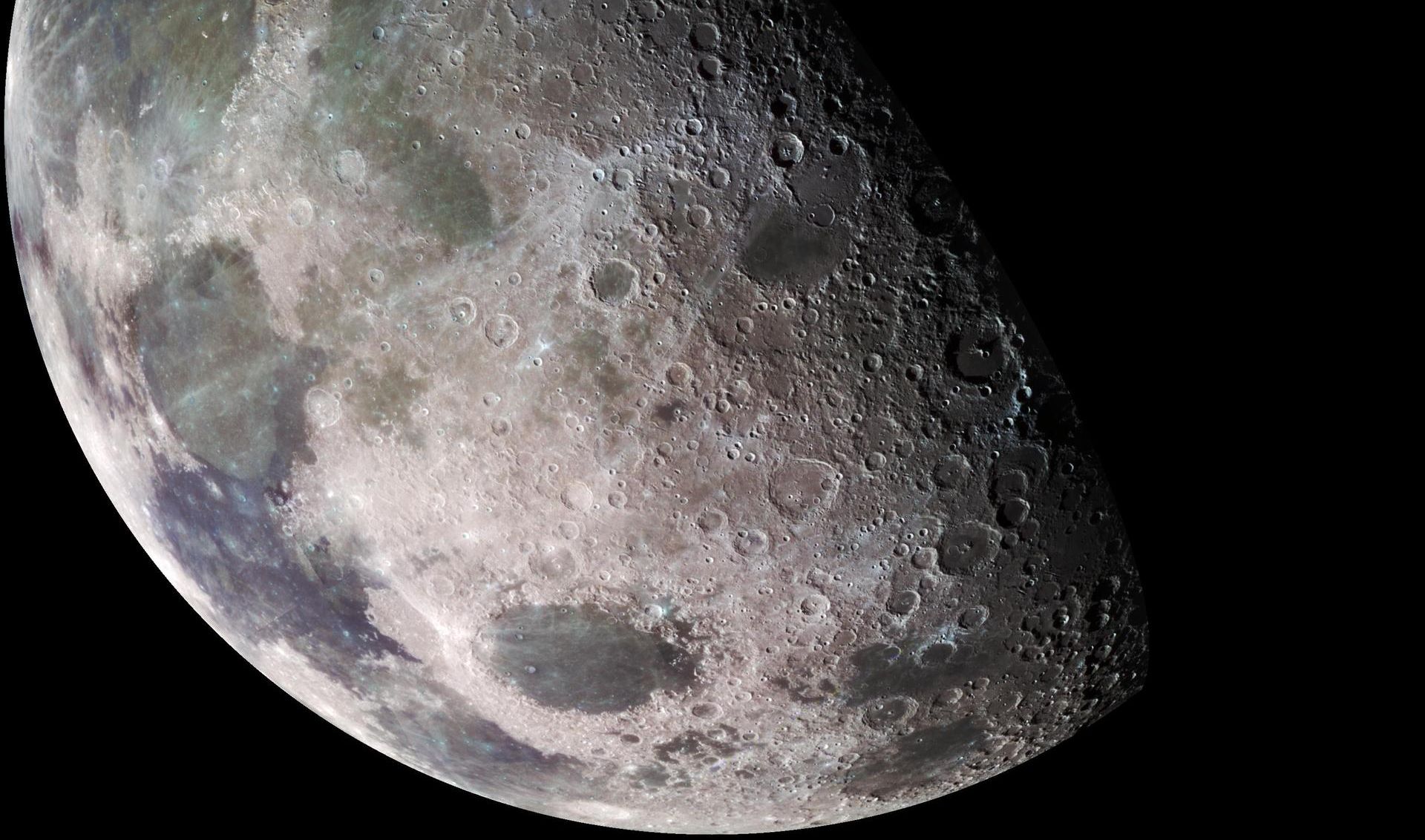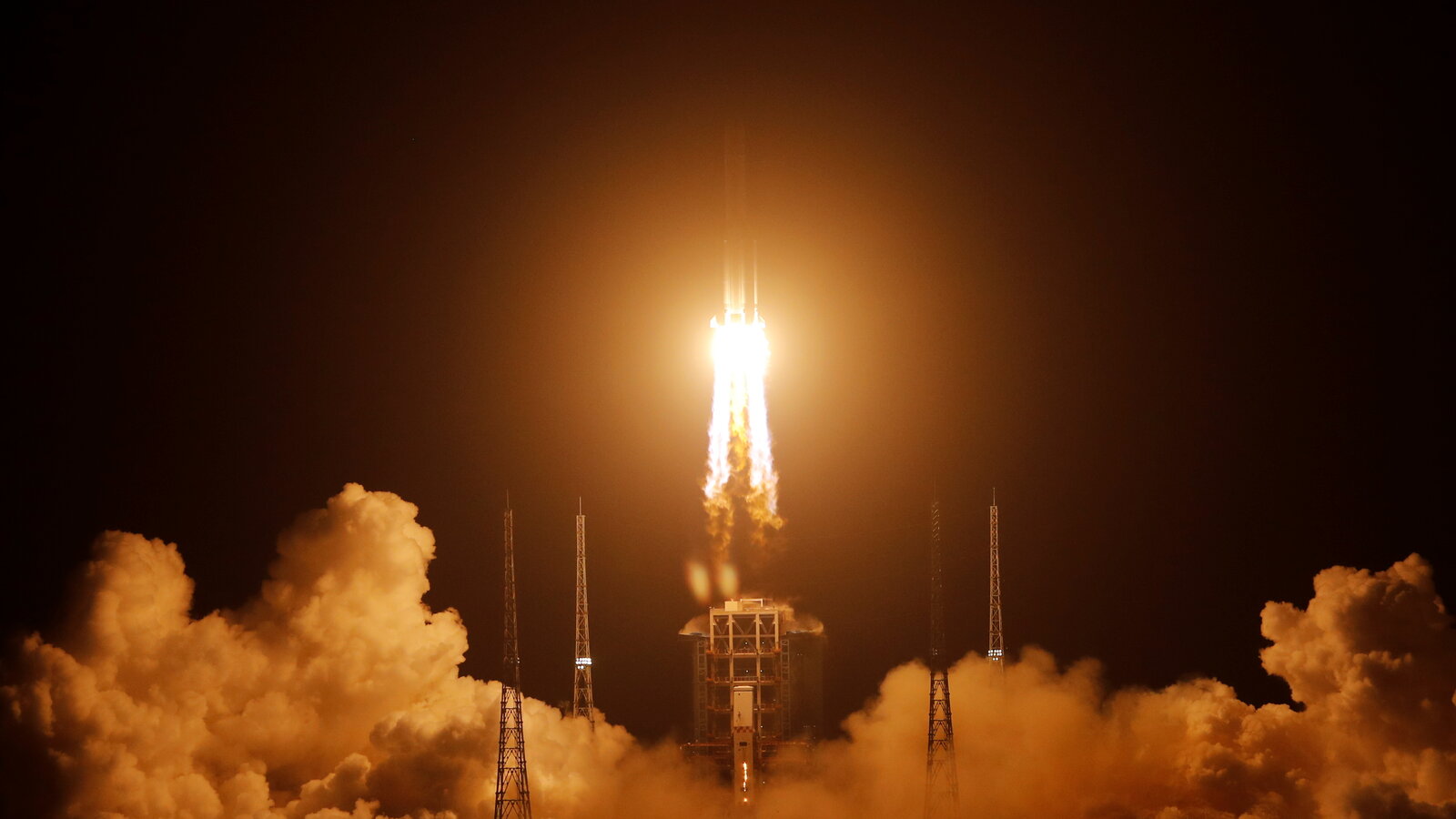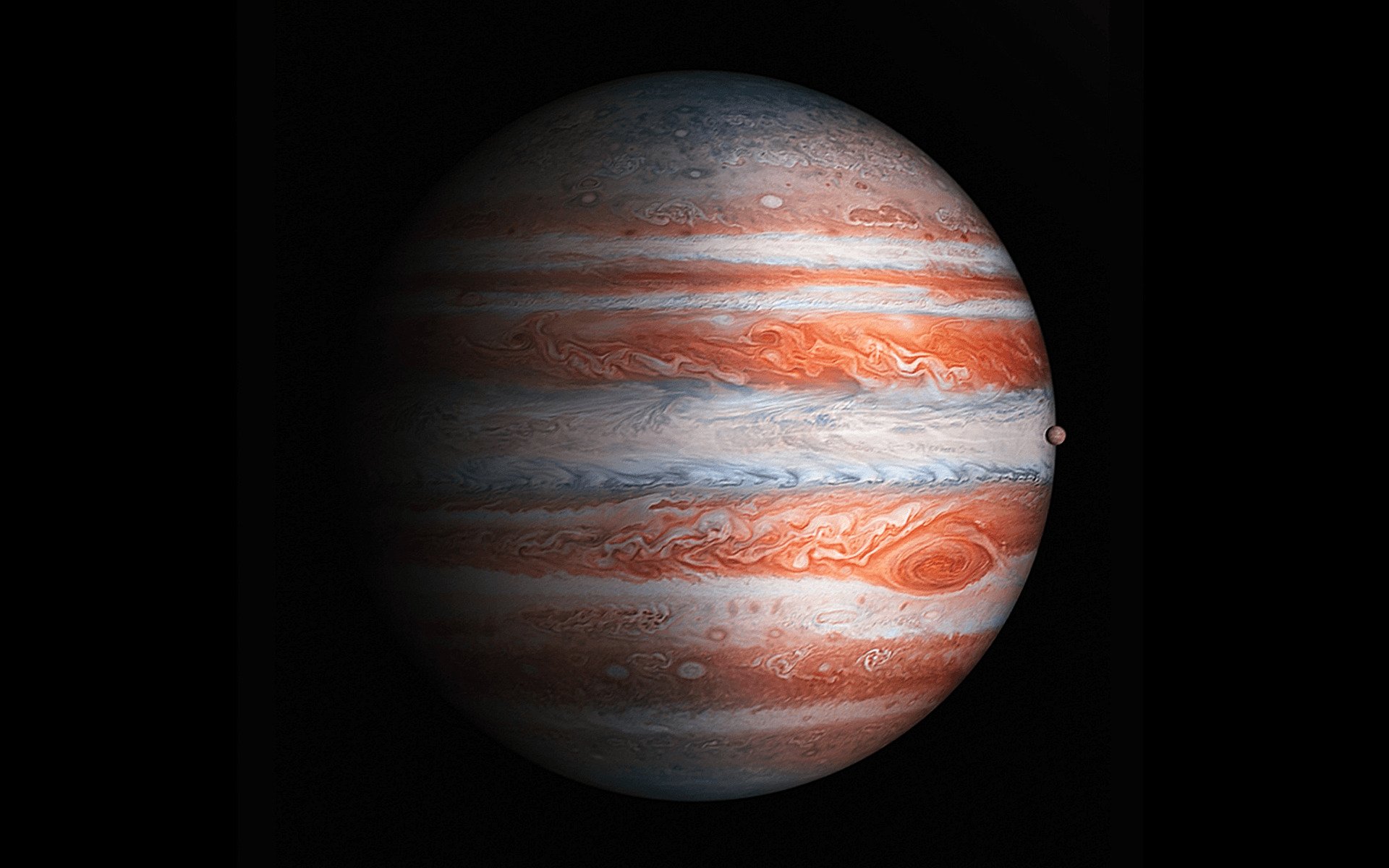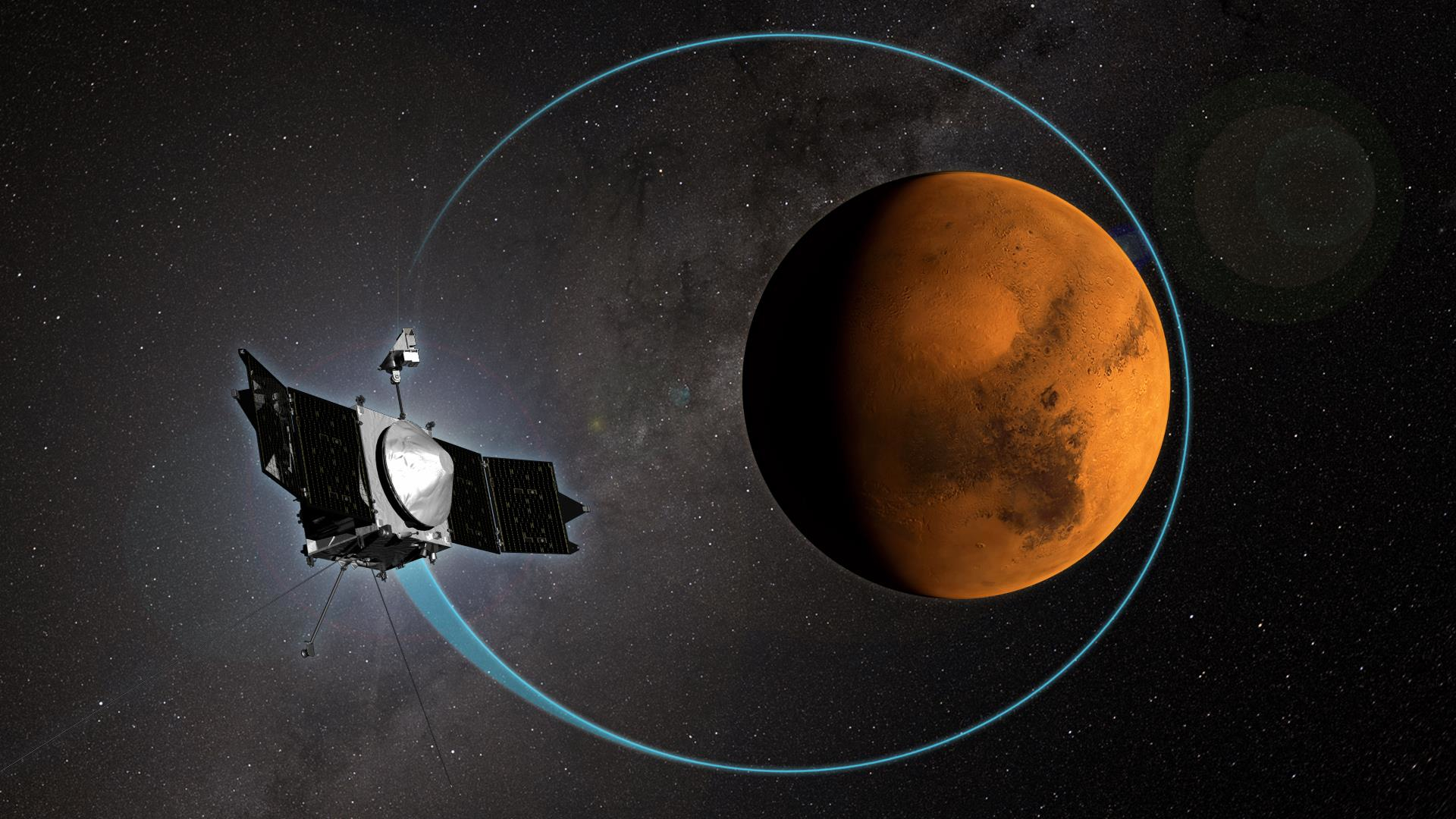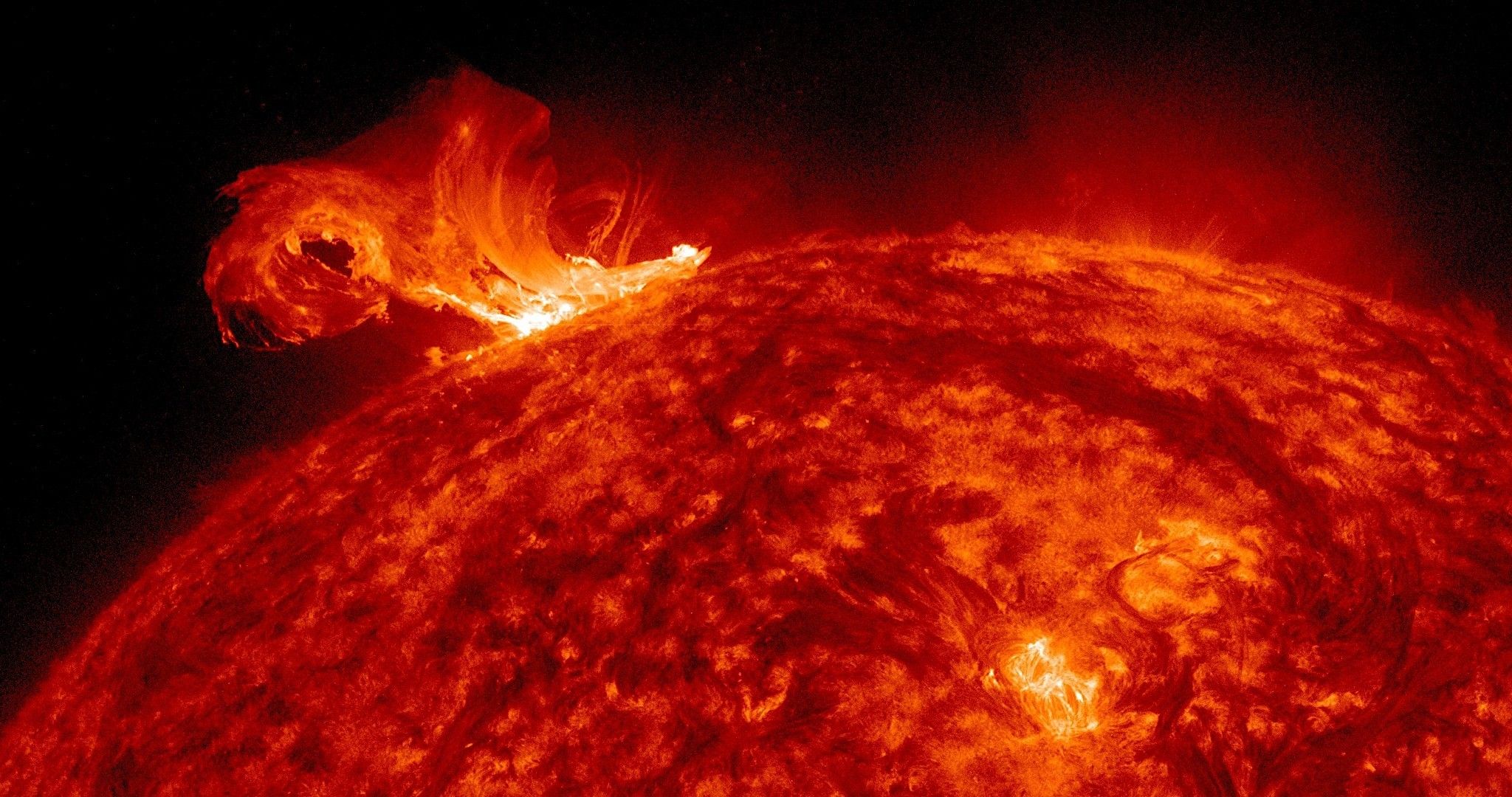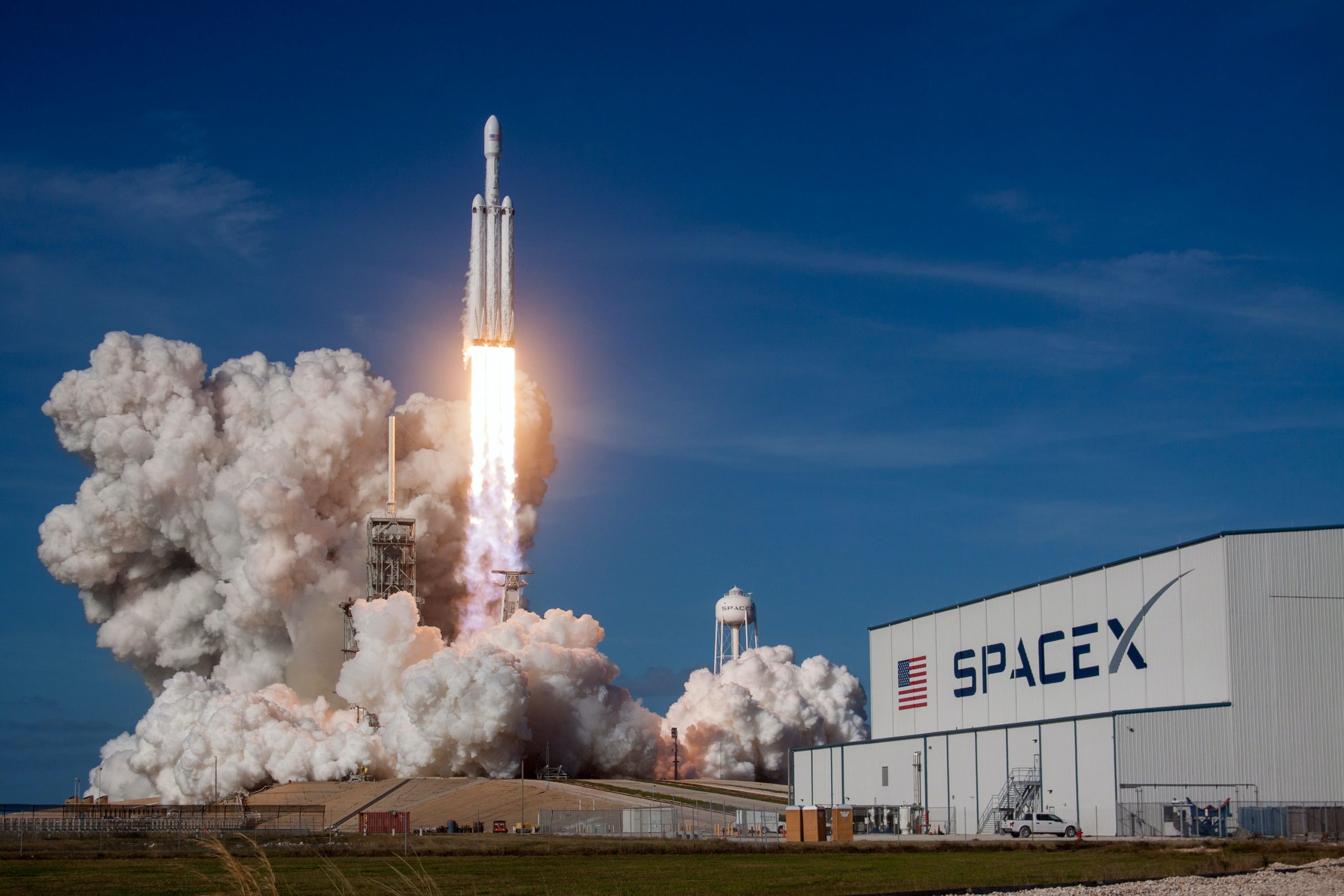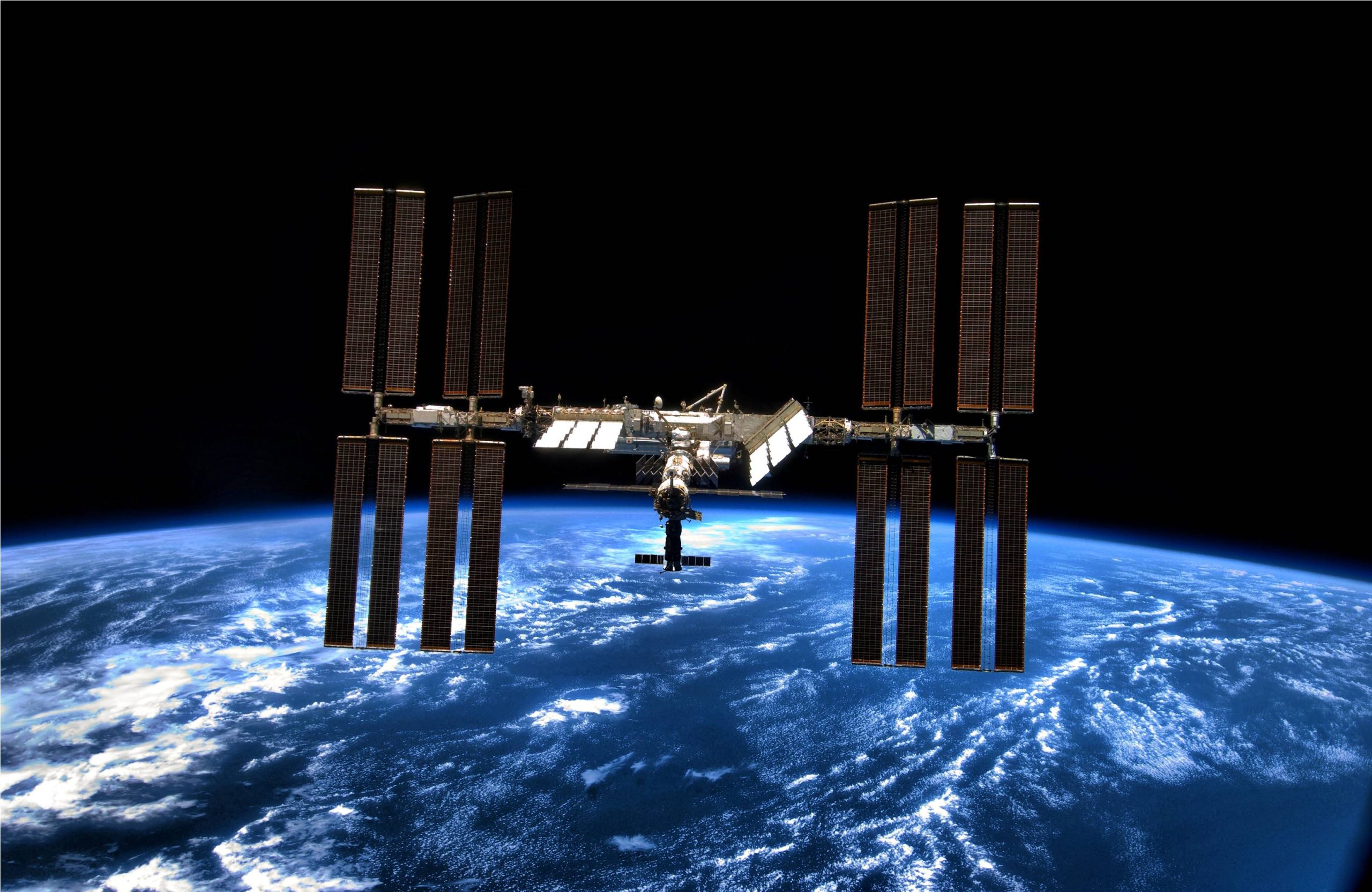
US And Russia Agrees To Swap Seats On ISS Flights
The US may have imposed economic sanctions against Russia over the war in Ukraine, but in space, the two countries are finding ways to continue working together. NASA and Roscosmos have signed a long-awaited agreement to swap seats on flights to the International Space Station. The agreement will ensure that both the US- and the Russian-operated segments of the station will never be unmanned in case of canceled flights or other emergencies.

